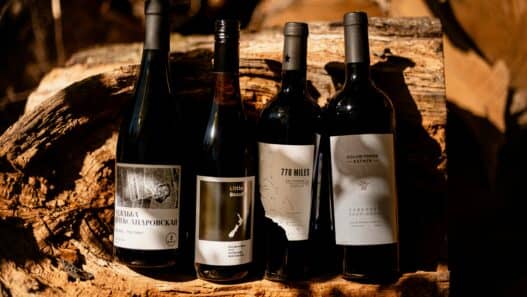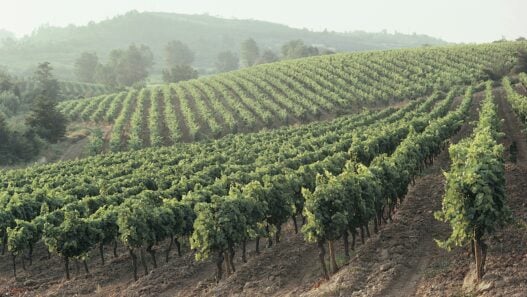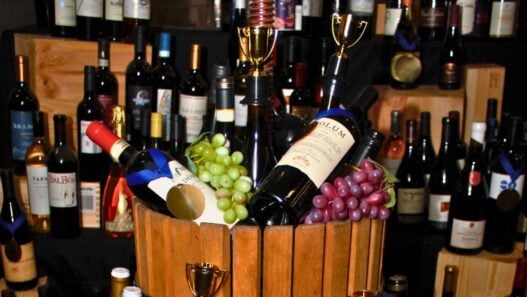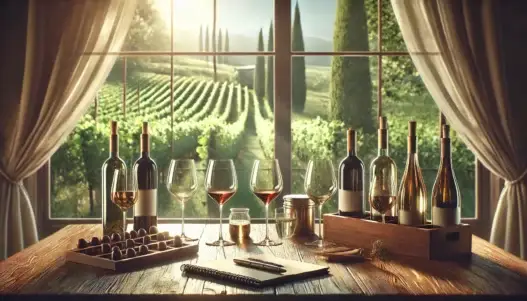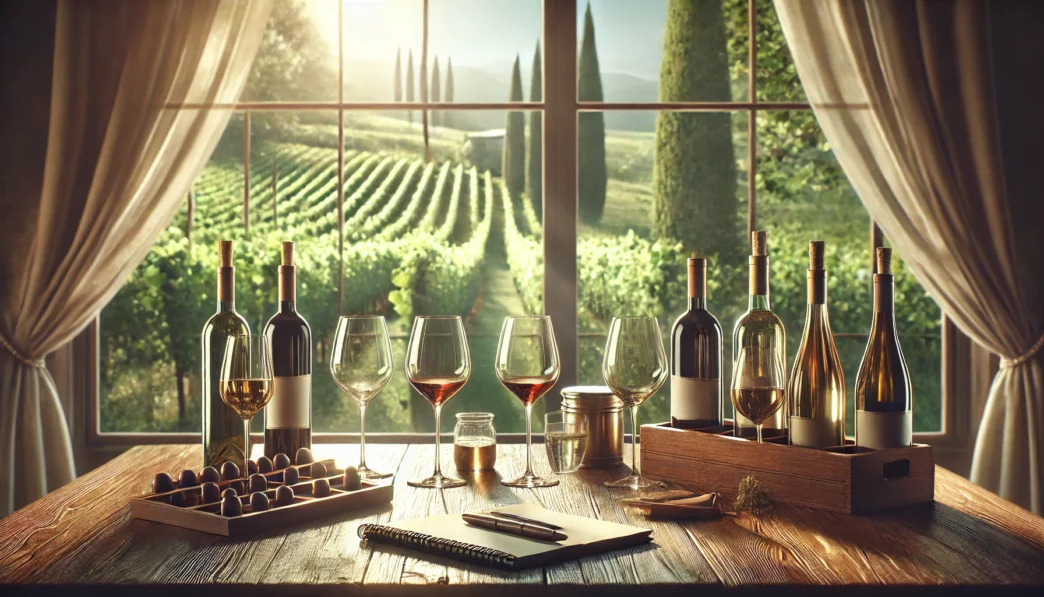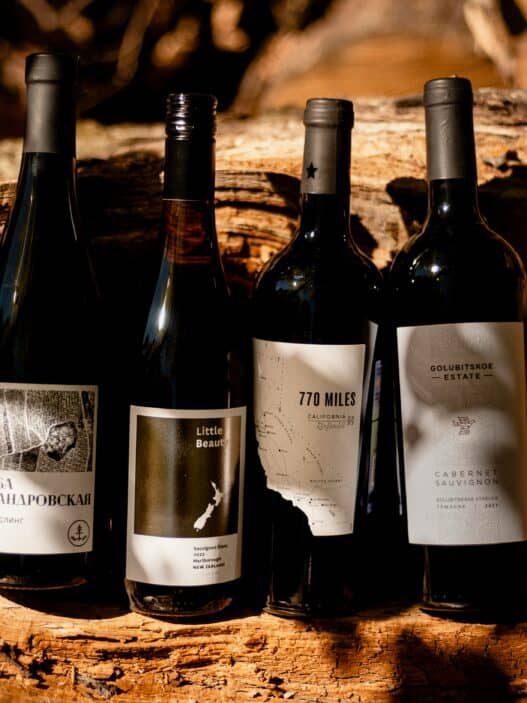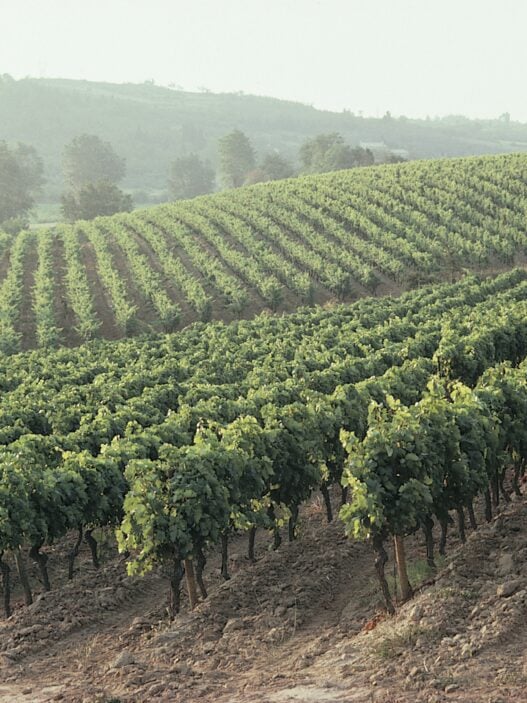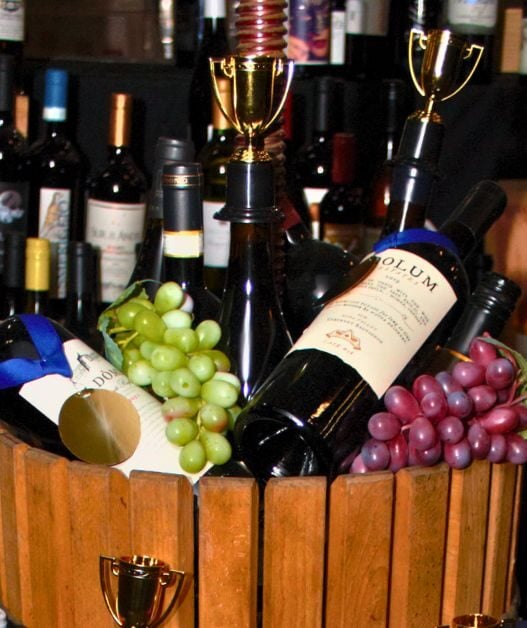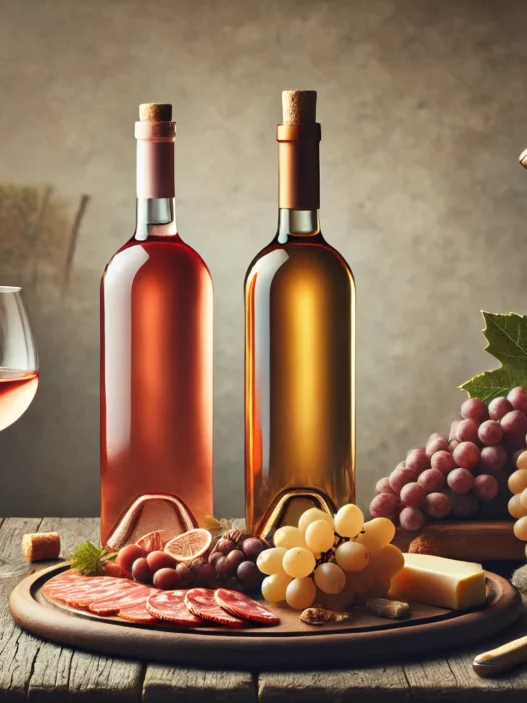Wine tasting is more than just sipping and swirling—it’s a journey of the senses. Whether you’re new to wine or looking to refine your skills, understanding how to taste wine thoughtfully can unlock a world of flavors and aromas, deepening your appreciation for every glass. This guide will walk you through the fundamentals of wine tasting, helping you develop your palate and build confidence in your wine knowledge.
1. Setting the Stage: Creating the Right Environment
Before diving into tasting, it’s essential to create an environment conducive to focusing on the wine. Here’s how:
- Glassware Matters: Use a clean, clear glass with a tulip shape. This design allows aromas to concentrate and makes it easier to swirl without spilling.
- Avoid Strong Scents: Perfumes, candles, or cooking smells can interfere with your ability to detect a wine’s subtleties.
- Lighting and Background: Bright lighting helps you observe the wine’s color, while a neutral background ensures no visual distractions.
2. The Five Steps of Wine Tasting
Mastering the art of wine tasting begins with these five steps:
a. Look
Start by examining the wine in your glass. Hold it against a white background and take note of:
- Color: Is it pale straw, golden, ruby, or deep purple? The hue can give clues about the grape variety, age, and style.
- Clarity: A clear wine is often well-made, though some unfiltered wines may appear cloudy intentionally.
- Viscosity: Swirl the wine and watch how it clings to the glass (often referred to as “legs”). This can indicate alcohol content and body.
b. Swirl
Swirling introduces oxygen to the wine, helping release its aromatic compounds. This simple act can significantly enhance your sensory experience.
c. Smell
The nose is your most powerful tool in wine tasting. Take a few deep sniffs and try to identify:
- Primary Aromas: Fruit, floral, and herbal notes that come from the grape itself.
- Secondary Aromas: These include scents from winemaking processes, such as butter or cream from malolactic fermentation or yeastiness from aging on lees.
- Tertiary Aromas: Earth, spice, and nutty notes from aging in oak or bottle.
d. Taste
Take a small sip and let it coat your entire palate. Focus on these elements:
- Sweetness: Is the wine dry, off-dry, or sweet?
- Acidity: Does it feel crisp and mouthwatering or soft and round?
- Tannins: These are most noticeable in red wines. Do they feel smooth or grippy on your tongue?
- Body: Light, medium, or full? This is the overall weight of the wine in your mouth.
- Flavor Profile: Identify the fruits, spices, or earthy flavors you detect.
- Finish: How long do the flavors linger after you swallow? A long finish often signals a higher-quality wine.
e. Conclude
After tasting, reflect on the wine. Did you enjoy it? What stood out? Over time, noting your preferences will help you develop a deeper understanding of your personal taste.
3. Building Your Palate: Tips and Techniques
Developing your palate is like training a muscle—it improves with practice and intention. Here are some tips to guide you:
- Taste Regularly: Compare wines side by side to better understand differences in styles, regions, or grape varieties.
- Experiment with Food Pairing: Note how wine interacts with food. A high-acid wine like Sauvignon Blanc may shine with a citrusy dish, while a tannic red like Cabernet Sauvignon pairs beautifully with a juicy steak.
- Learn the Language of Wine: Familiarize yourself with common wine descriptors (e.g., “blackberry,” “vanilla,” “minerality”). This helps articulate what you’re tasting.
- Seek Out Wine Tastings: Join local tastings or visit wineries to expand your exposure and talk to experts.
4. Avoiding Common Pitfalls
As you explore wine, avoid these beginner mistakes:
- Judging Too Quickly: A wine’s first impression may change as it opens up. Allow time to observe its evolution.
- Relying on Price as a Predictor of Quality: A higher price doesn’t always mean a better wine. Trust your palate.
- Overlooking White or Rosé Wines: While red wines often steal the spotlight, whites and rosés offer incredible complexity and versatility.
5. Keeping a Wine Journal
One of the best ways to hone your tasting skills is by keeping a journal. Record the wine’s name, region, grape variety, tasting notes, and your impressions. Over time, you’ll notice patterns in the wines you enjoy and gain a clearer understanding of your preferences.
6. Embracing the Journey
Remember, wine tasting is as much about enjoyment as it is about education. Don’t be afraid to make mistakes or ask questions. The world of wine is vast, and every glass is an opportunity to learn something new.
Final Thoughts
Developing your palate takes time, curiosity, and an open mind. By practicing the fundamentals of wine tasting, you’ll not only enhance your appreciation for wine but also gain the confidence to navigate wine lists, attend tastings, and share your discoveries with others. So, pour yourself a glass, follow these steps, and toast to your journey into the art of wine tasting!
Cheers! 🍷
Would you like recommendations on starter wines or wine-tasting tools to enhance your journey? Let me know!



